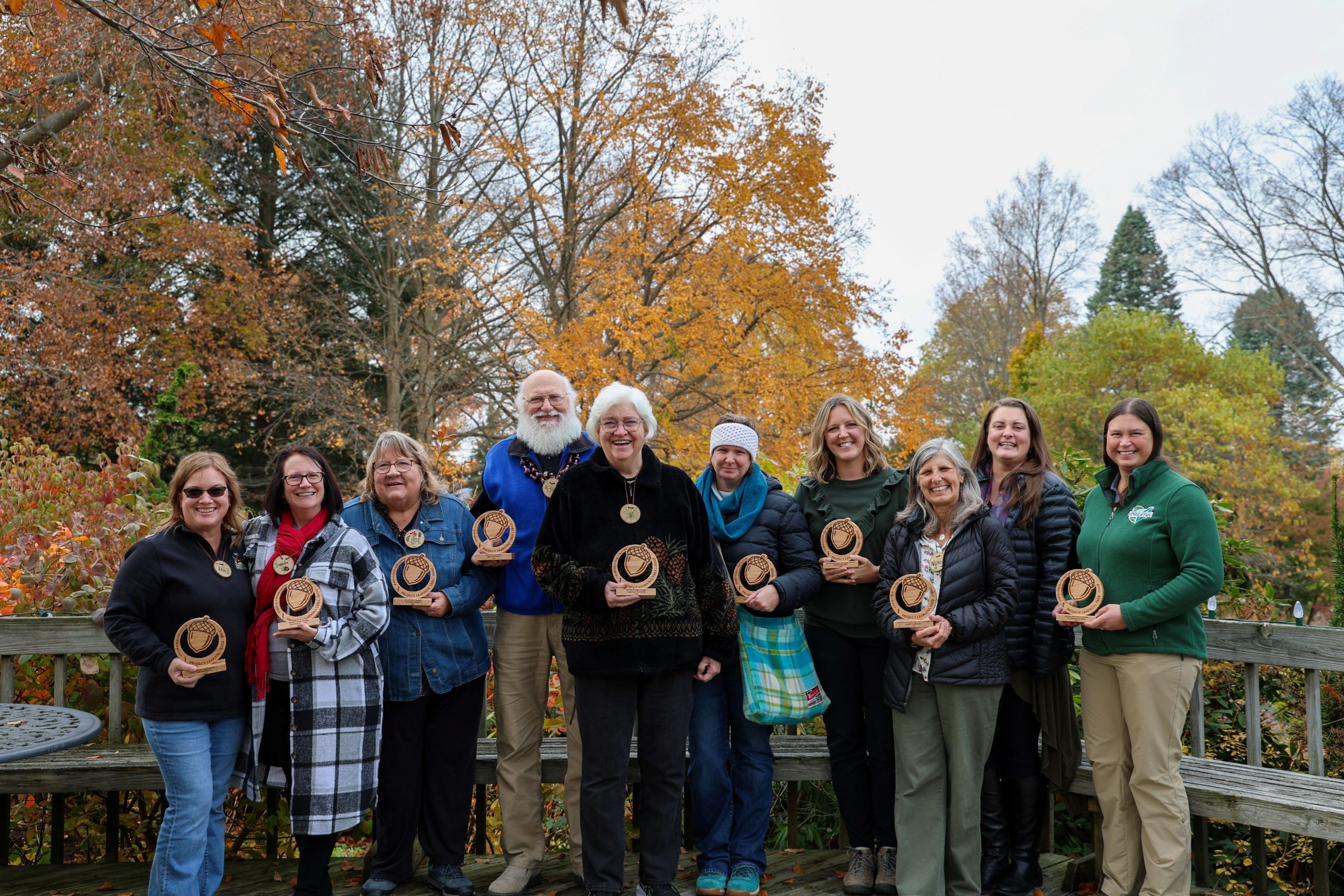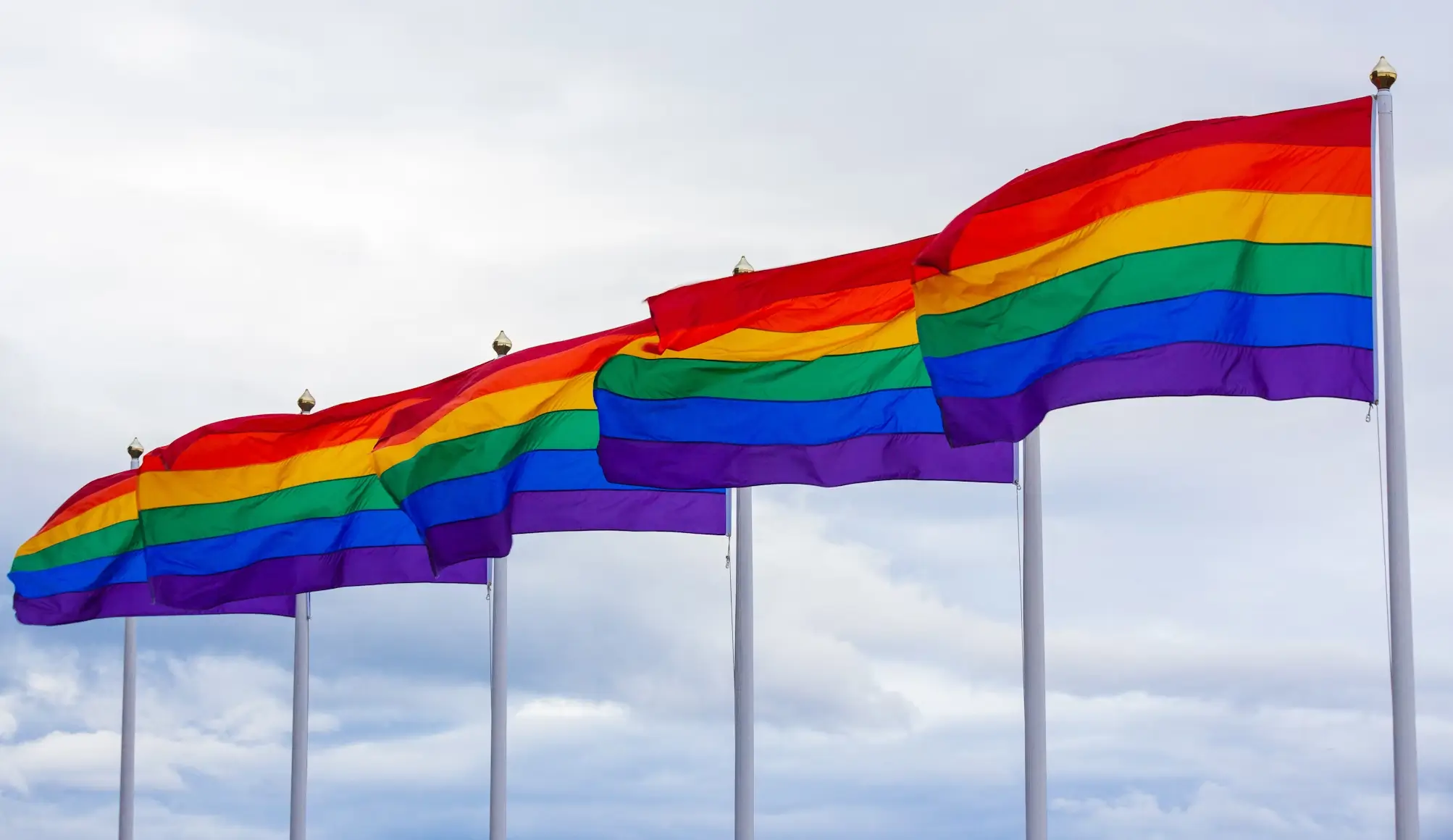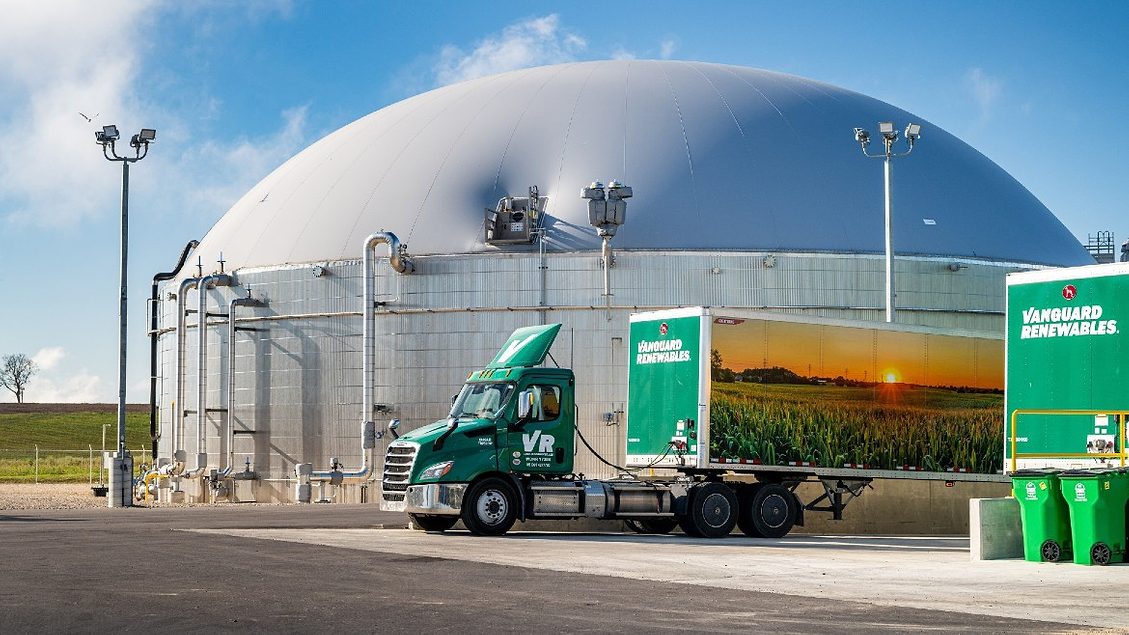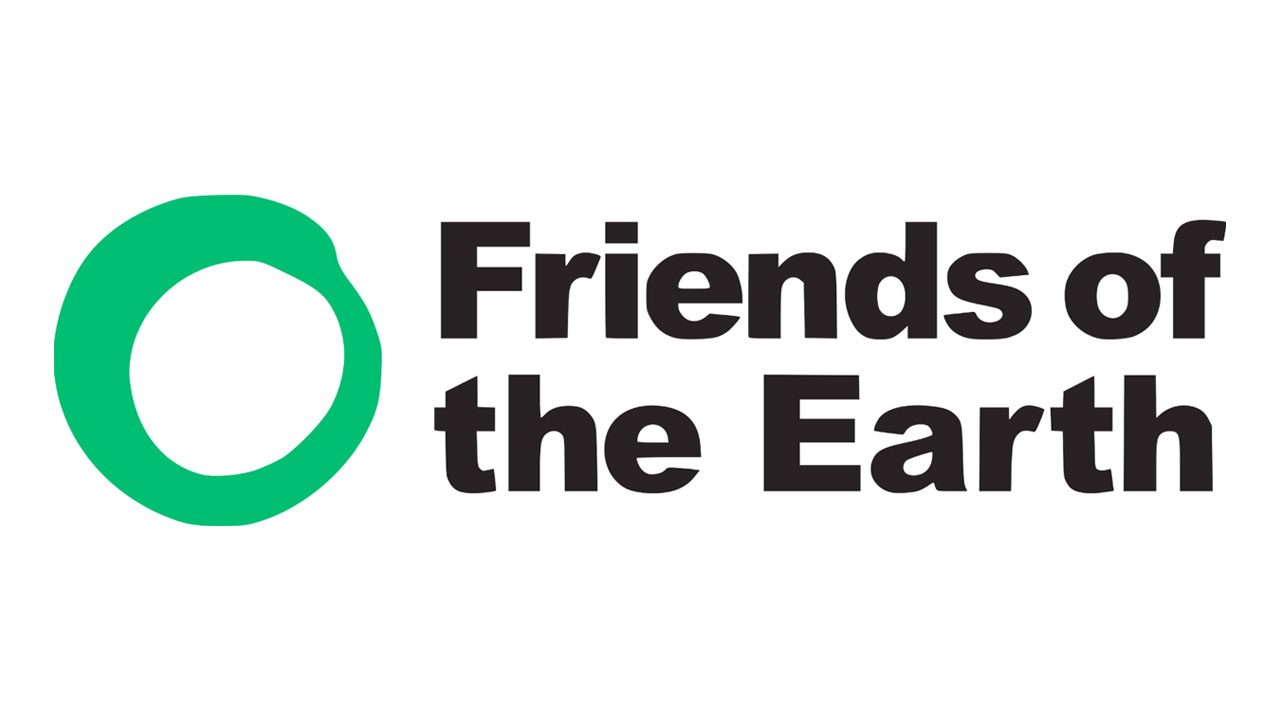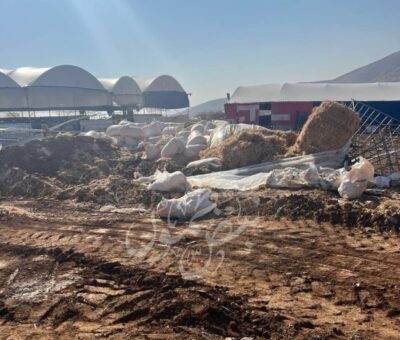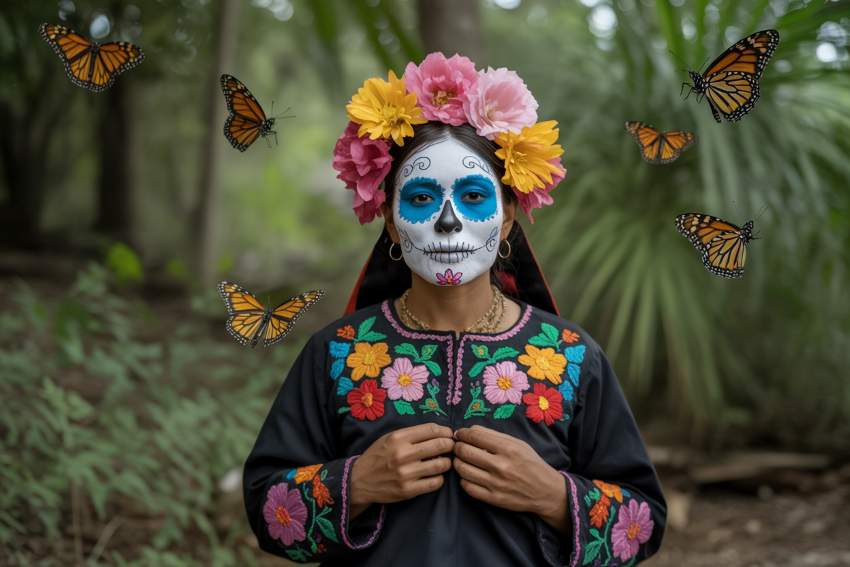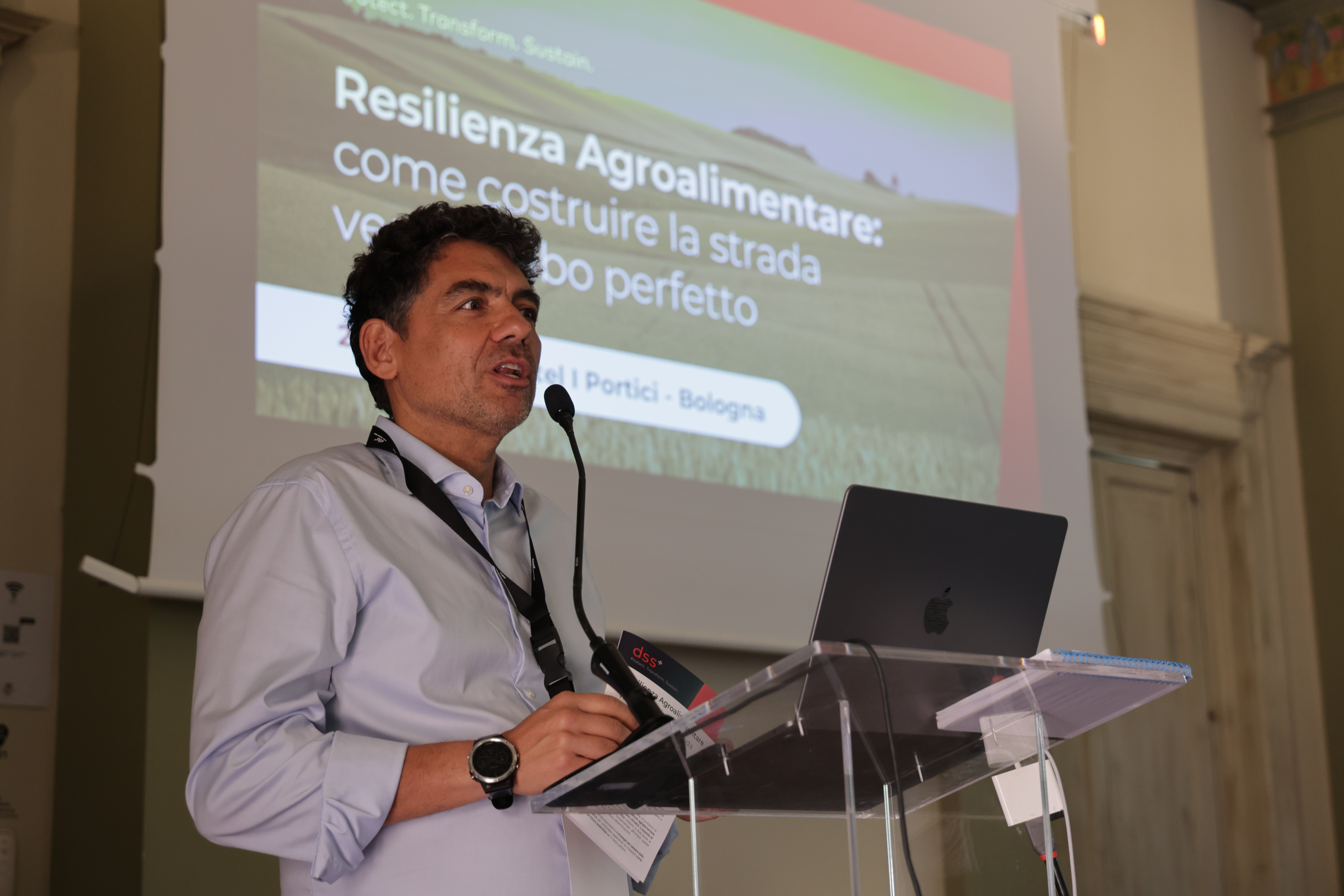Sustainably manage forests, combat desertification, halt and reverse land degradation, halt biodiversity loss
The UN explains: Forests cover 30 per cent of the Earth’s surface and in addition to providing food security and shelter, forests are key to combating climate change, protecting biodiversity and the homes of the indigenous population. Thirteen million hectares of forests are being lost every year while the persistent degradation of drylands has led to the desertification of 3.6 billion hectares.
The UN has defined 12 Targets and 14 Indicators for SDG 15. Targets specify the goals and Indicators represent the metrics by which the world aims to track whether these Targets are achieved. Below we quote the original text of all Targets and show the data on the agreed Indicators.
Target 15.1: Conserve and restore terrestrial and freshwater ecosystems
UN definition: By 2020, ensure the conservation, restoration and sustainable use of terrestrial and inland freshwater ecosystems and their services, in particular forests, wetlands, mountains and drylands, in line with obligations under international agreements.
Forest area
Definition: Indicator 15.1.1 is forest area as a proportion of total land area.
Forest area is land under natural or planted stands of trees of at least 5 meters in situ, whether productive or not, and excludes tree stands in agricultural production systems (for example, in fruit plantations and agroforestry systems) and trees in urban parks and gardens.
Goal: By 2020, ensure the conservation, restoration and sustainable use of terrestrial and inland freshwater ecosystems and their services.
Unlike most SDGs which have a target year of 2030, this indicator is set to be achieved by 2020.
Additional charts:
Forest area (square kilometres)
Important biodiversity sites protected
Definition: Indicator 15.1.2 is the proportion of important sites for terrestrial and freshwater biodiversity that are covered by protected areas, by ecosystem type.
Protected areas are covered by three indicators: the proportion of total terrestrial area classified as protected; proportion of important sites of terrestrial biodiversity who are protected; and proportion of important sites of freshwater biodiversity who are protected.
Goal: By 2020, ensure the conservation, restoration and sustainable use of terrestrial and inland freshwater ecosystems and their services.
Unlike most SDGs which have a target year of 2030, this indicator is set to be achieved by 2020.
Target 15.2: End deforestation and restore degraded forests
UN definition: By 2020, promote the implementation of sustainable management of all types of forests, halt deforestation, restore degraded forests and substantially increase afforestation and reforestation globally.
Sustainable forest management
Definition: Indicator 15.2.1 is progress towards sustainable forest management.
Sustainable Forest Management (SFM) is composed of five sub-indicators that measure progress towards all dimensions of sustainable forest management.
Three sub-indicators focus on the extension of forest area, biomass within the forest area and protection and maintenance of biological diversity. One relates to the availability of a long-term management plan; and the final measures areas which are independently verified for compliance with a set of national or international standards.
Goal: By 2020, promote the implementation of sustainable management of all types of forests, halt deforestation, restore degraded forests and substantially increase afforestation and reforestation globally.
Unlike most SDGs which have a target year of 2030, this indicator is set to be achieved by 2020.
Target 15.3: End desertification and restore degraded land
UN definition: By 2030, combat desertification, restore degraded land and soil, including land affected by desertification, drought and floods, and strive to achieve a land degradation-neutral world.
End desertification and land degradation
Definition: Indicator 15.3.1 is the proportion of land that is degraded over total land area.
Goal: By 2030, combat desertification, restore degraded land and soil, including land affected by desertification, drought and floods, and strive to achieve a land degradation-neutral world.
Target 15.4: Ensure conservation of mountain ecosystems
UN definition: By 2030, ensure the conservation of mountain ecosystems, including their biodiversity, in order to enhance their capacity to provide benefits that are essential for sustainable development.
Coverage of important sites for mountain biodiversity
Definition: Indicator 15.4.1 is coverage by protected areas of important sites for mountain biodiversity.
This indicator measures the average share of each important site for mountain biodiversity that is covered by designated protected areas. The indicator does not measure the effectiveness of protected areas in reducing biodiversity loss, which depends on a range of management and enforcement factors.
Goal: By 2030, ensure the conservation of mountain ecosystems, including their biodiversity.
Coverage of important sites for mountain biodiversity
Definition: Indicator 15.4.2 is the Mountain Green Cover Index.
The Mountain Green Cover Index measures the percentage of mountainous areas covered by some form of green vegetation.
The Green Cover Index measures the changes of the green vegetation in mountain areas - i.e. forest, shrubs, trees, pasture land, crop land, etc. – in order to monitor progress on the mountain target.
This is monitored through very high resolution multi-temporal images from Google Earth and Bing Maps and Landsat 7 and 8 datasets from Google Earth Engine.
Goal: By 2030, ensure the conservation of mountain ecosystems, including their biodiversity.
Target 15.5: Protect biodiversity and natural habitats
UN definition: Take urgent and significant action to reduce the degradation of natural habitats, halt the loss of biodiversity and, by 2020, protect and prevent the extinction of threatened species.
Red List Index
Definition: Indicator 15.5.1 is the Red List Index.
The Red List Index (RLI) defines the conservation status of major species groups, and measures trends in the proportion of species expected to remain extant in the near future without additional conservation action.
An RLI value of 1.0 equates to all species being categorised as 'Least Concern', and hence that none are expected to go extinct in the near future. A value of 0 indicates that all species have gone extinct.
Goal: By 2030, ensure the conservation of mountain ecosystems, including their biodiversity.
Target 15.6: Protect access to genetic resources and fair sharing of the benefits
UN definition: Promote fair and equitable sharing of the benefits arising from the utilization of genetic resources and promote appropriate access to such resources, as internationally agreed.
SDG Indicators:
15.6.1 Number of countries that have adopted legislative, administrative and policy frameworks to ensure fair and equitable sharing of benefits
Benefits of sharing genetic resources
Definition: Indicator 15.6.1 is the number of countries that have adopted legislative, administrative and policy frameworks to ensure fair and equitable sharing of benefits.
This indicator is measured through several sub indicators that track countries’ participation in protocols concerned with the promotion and sharing of genetic resources for plants, food and agriculture.
Goal: By 2030 promote fair and equitable sharing of the benefits arising from the utilization of genetic resources and promote appropriate access to such resources.
Target 15.7: Eliminate poaching and trafficking of protected species
UN definition: Take urgent action to end poaching and trafficking of protected species of flora and fauna and address both demand and supply of illegal wildlife products.
Wildlife poaching and trafficking
Definition: Indicator 15.7.1 is the proportion of traded wildlife that was poached or illicitly trafficked.
Goal: Take urgent action to end poaching and trafficking of protected species of flora and fauna and address both demand and supply of illegal wildlife products.
Target 15.8: Prevent invasive alien species on land and in water ecosystems
UN definition: By 2020, introduce measures to prevent the introduction and significantly reduce the impact of invasive alien species on land and water ecosystems and control or eradicate the priority species.
Prevent invasive alien species
Definition: Indicator 15.8.1 is the proportion of countries adopting relevant national legislation and adequately resourcing the prevention or control of invasive alien species.
Goal: Introduce measures to prevent the introduction and significantly reduce the impact of invasive alien species on land and water ecosystems and control or eradicate the priority species by 2020.
Unlike most SDG targets which are set to be achieved by 2030, this indicator is to be achieved by 2020.
Target 15.9: Integrate ecosystem and biodiversity in governmental planning
UN definition: By 2020, integrate ecosystem and biodiversity values into national and local planning, development processes, poverty reduction strategies and accounts.
Integration of ecosystem and biodiversity in planning
Definition: Indicator 15.9.1 is progress towards national targets established in accordance with Aichi Biodiversity Target 2 of the Strategic Plan for Biodiversity 2011–2020.
Goal: By 2020, integrate ecosystem and biodiversity values into national and local planning, development processes, poverty reduction strategies and accounts..
Unlike most SDG targets which are set to be achieved by 2030, this indicator is to be achieved by 2020.
Target 15.A: Increase financial resources to conserve and sustainably use ecosystem and biodiversity
UN definition: Mobilize and significantly increase financial resources from all sources to conserve and sustainably use biodiversity and ecosystems.
Official development assistance for biodiversity
Definition: Indicator 15.A.1 is the official development assistance and public expenditure on conservation and sustainable use of biodiversity and ecosystems.
This indicator is reported as the annual official development assistance (ODA) for biodiversity by recipient, and value of assistance by donor.
Goal: Mobilize and significantly increase financial resources from all sources to conserve and sustainably use biodiversity and ecosystems by 2030.
Target 15.B: Finance and incentivize sustainable forest management
UN definition: Mobilize significant resources from all sources and at all levels to finance sustainable forest management and provide adequate incentives to developing countries to advance such management, including for conservation and reforestation.
Official development assistance for forest management
Definition: Indicator 15.B.1 is the official development assistance and public expenditure on conservation and sustainable use of biodiversity and ecosystems.
This indicator is reported as the annual official development assistance (ODA) for biodiversity by recipient, and value of assistance by donor.
Goal: Mobilize significant resources from all sources and at all levels to finance sustainable forest management by 2030.
Target 15.C: Combat global poaching and trafficking
UN definition: Enhance global support for efforts to combat poaching and trafficking of protected species, including by increasing the capacity of local communities to pursue sustainable livelihood opportunities.
Poaching and trafficking wildlife
Definition: Indicator 15.C.1 is the proportion of traded wildlife that was poached or illicitly trafficked.
Goal: Enhance global support for efforts to combat poaching and trafficking of protected species by 2030.

